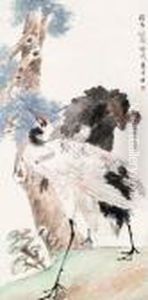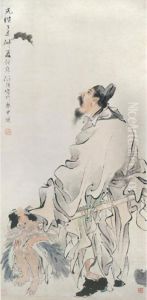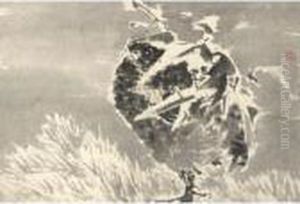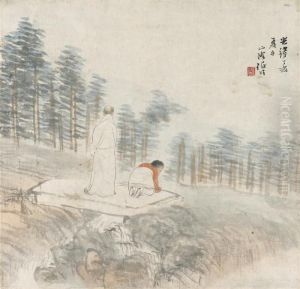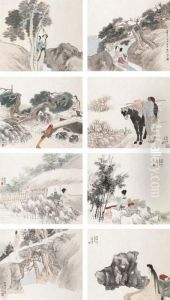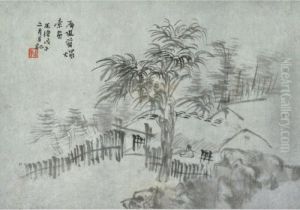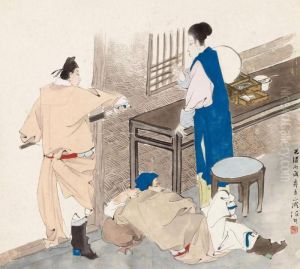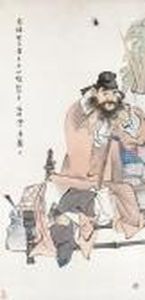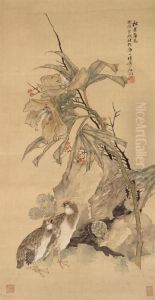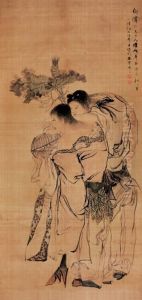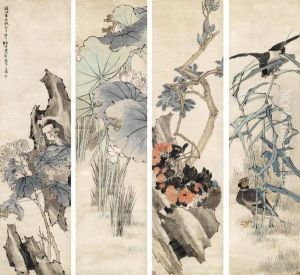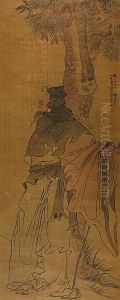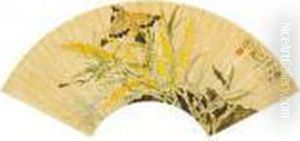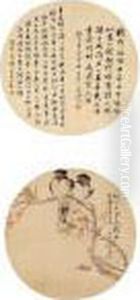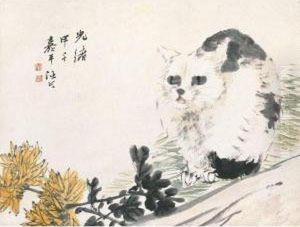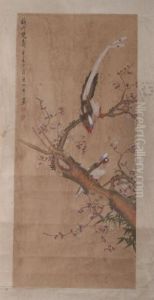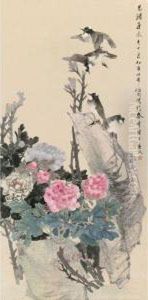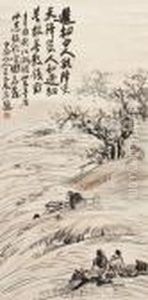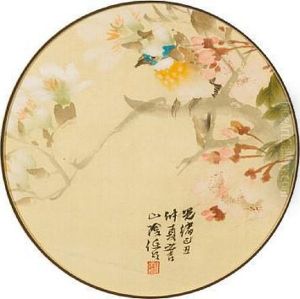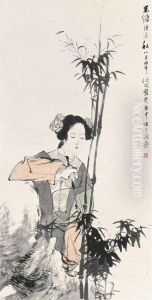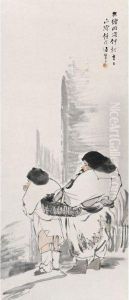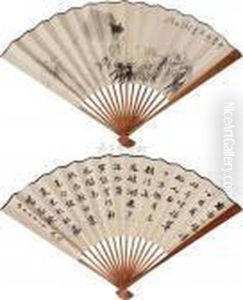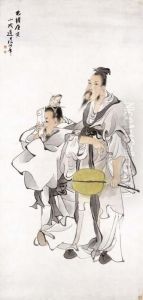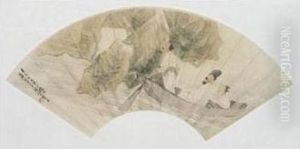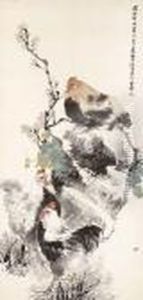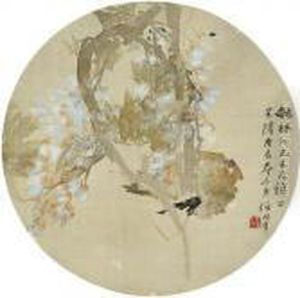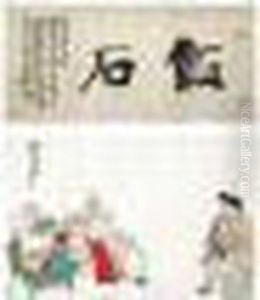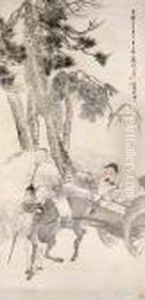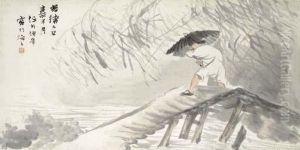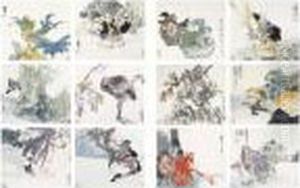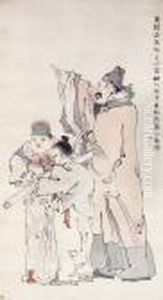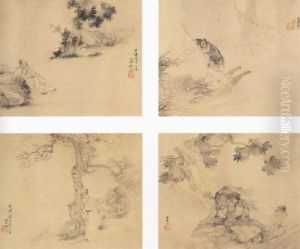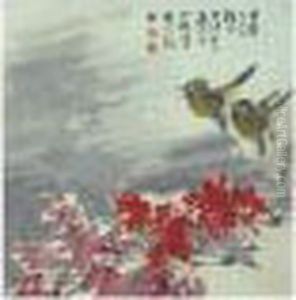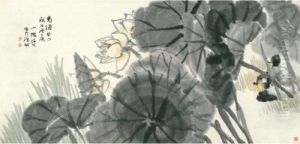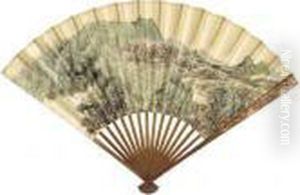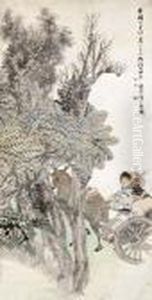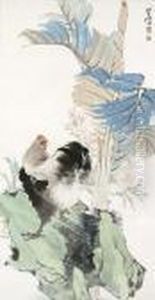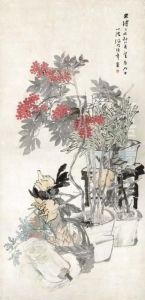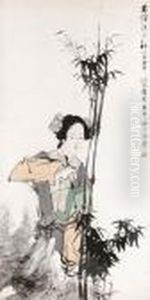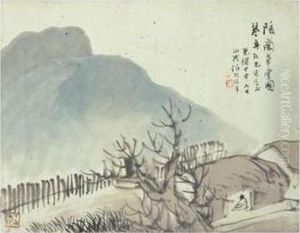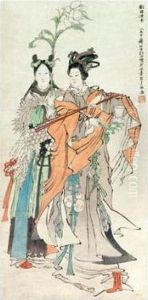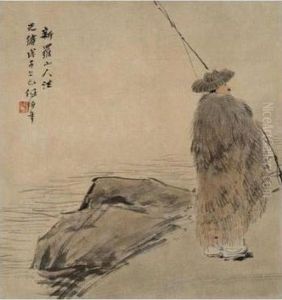Ren Yi Paintings
Ren Yi, also known as Ren Bonian, was a prominent Chinese painter during the Qing Dynasty. Born on November 11, 1840, in Jiaxing, Zhejiang Province, he was renowned for his contributions to the Shanghai School of painting. Ren Yi moved to Shanghai in his twenties, where he was influenced by the city's cosmopolitan culture and the work of other artists such as Ren Xiong, his cousin.
Ren Yi's style evolved over time, starting with a focus on traditional subjects and techniques. He was known for his versatility, excelling in a variety of subjects including flowers, birds, landscapes, and figures. His paintings were characterized by their vividness and expressiveness, often conveying the personality and spirit of his subjects.
He was particularly adept at finger painting, a technique that he used to create dynamic and spontaneous works. Ren Yi's art was not only appreciated for its aesthetic qualities but also for its embodiment of the literati values of personal expression and moral integrity. Despite his success as an artist, Ren Yi struggled with financial difficulties and health issues throughout his life.
Ren Yi's work had a significant impact on the development of modern Chinese painting. He was a pivotal figure in the transition from traditional Chinese painting styles to more innovative and individualistic approaches. His influence extended beyond his own works, as he was also a teacher and mentor to younger artists.
He passed away on October 21, 1896, leaving behind a legacy that continues to be celebrated in the history of Chinese art. His paintings are held in various museums and collections worldwide, and his approach to painting has inspired countless artists in the generations that followed.
